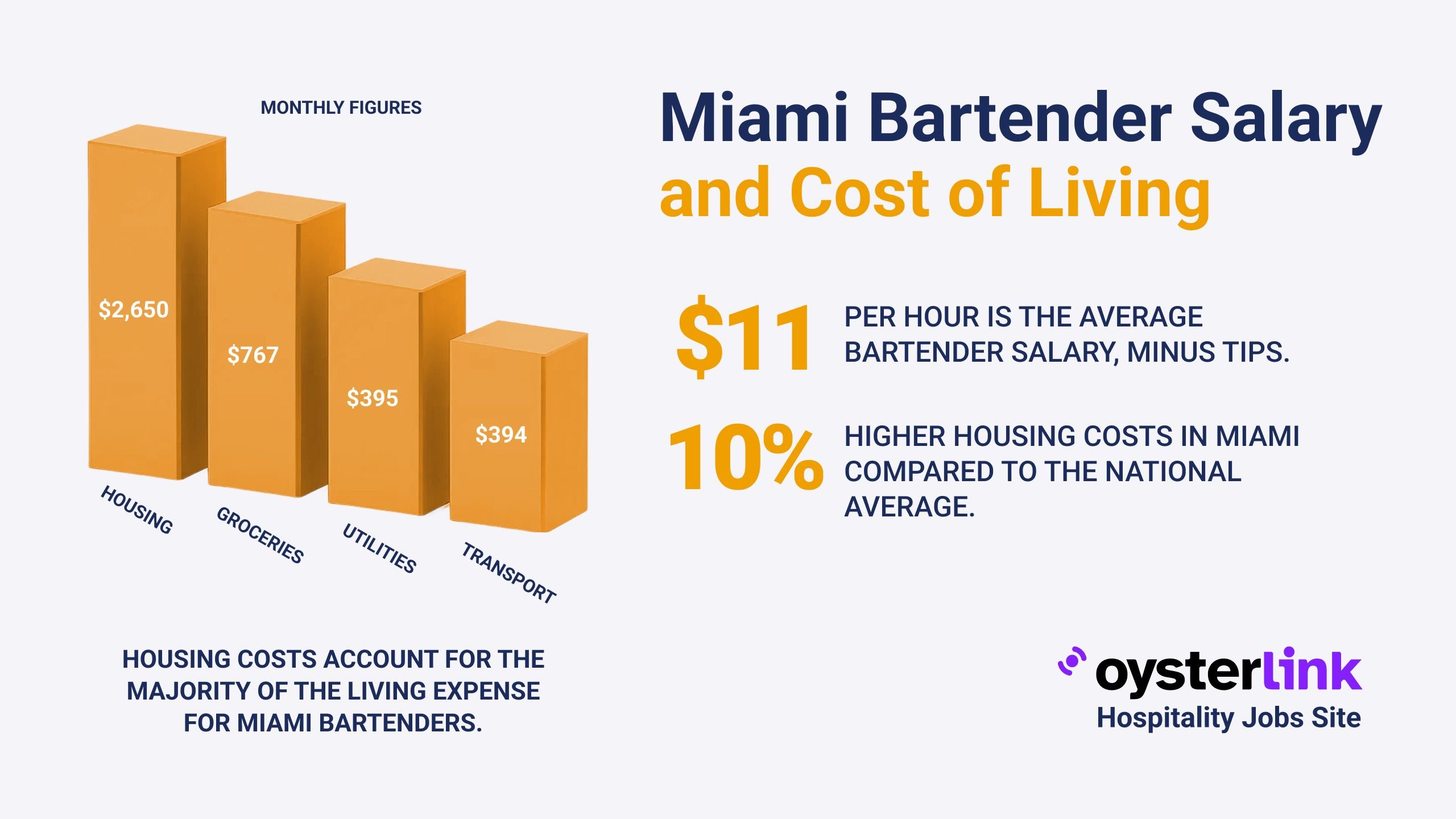Chicago Waitress Salary Guide and Cost-of-Living: Key Takeaways
- Chicago's tipped minimum wage for waitresses is $12.62 per hour as of July 1, 2025.
- The average waitress salary in Chicago is about $11.30 per hour, below both the tipped minimum wage and living wage. For a detailed overview, see Chicago waitress salary details.
- The MIT Living Wage Calculator states that a single adult in Cook County needs $24.42 per hour for basic living expenses.
- The "One Fair Wage" ordinance will phase out the tip credit by 2028, ensuring waitresses receive full minimum wage regardless of tips.
The financial realities for waitresses in Chicago show a large gap between earnings and necessary living costs. This article explores salary figures and the impact of Chicago’s cost of living.
With rising expenses, understanding wage policies and living costs is essential for those in the service industry.
1. Chicago Waitress Salary Overview and Wage Rules
As of July 1, 2025, Chicago enforces a minimum wage of $12.62 per hour for tipped employees such as waitresses, while non-tipped workers earn $16.60 per hour minimum. Employers will find useful insights on how to hire servers or waiters effectively in this changing wage environment.
Despite this, waitresses earn an average wage of approximately $11.30 per hour or about $23,501 annually. This is below even the tipped minimum wage, highlighting widespread underpayment issues.
The discrepancy arises because actual earnings depend heavily on tips, hours worked, and employer practices, but also signal challenges in making a sustainable income in the hospitality sector.
The One Fair Wage Ordinance and Its Impact
Recognizing the wage gap and economic hardship faced by tipped workers, Chicago passed the “One Fair Wage” ordinance on October 6, 2023.
This policy gradually eliminates the tip credit over five years. By July 1, 2028, all tipped employees, including waitresses, will receive the full non-tipped minimum wage regardless of tips.
This shift aims to improve income stability and reduce reliance on variable tips. It is a significant step toward fair compensation but requires adaptation by the restaurant industry. For restaurant owners, the guide to hiring restaurant managers will be valuable during this transition.
2. Understanding Chicago’s Cost of Living and Its Effects on Waitress Income
Chicago’s cost of living is approximately 16% higher than the national average, which profoundly affects the affordability for those earning waitress salaries. Employers can stay updated on regional cost trends like cost of living in Chicago to plan wages effectively.
Housing costs are the largest expense. The median home price is $739,519, and median rent stands at $2,222 per month — steep costs compared to many other US cities.
Utilities tend to be slightly below average, offering minor relief. However, transportation and grocery prices are higher, with common essentials like bread costing about $4.10 and milk around $4.88 per gallon.
These elevated living costs make it difficult for waitresses earning below the living wage to maintain basic standards of living.
MIT Living Wage Calculator Insights for Cook County
The Massachusetts Institute of Technology’s Living Wage Calculator estimates that a single adult in Cook County needs $24.42 per hour to cover fundamental expenses such as housing, food, healthcare, transportation, and taxes.
Comparing this number to the current average waitress wage ($11.30) reveals a gap of more than $13 per hour — a striking disparity illustrating financial challenges faced by service workers in Chicago. For those interested in career paths supporting a sustainable income, see waitress career overview.
3. Financial Challenges and Future Outlook for Waitresses in Chicago
The current reality is that many Chicago waitresses struggle to cover basic living costs due to wages that are both below the tipped minimum wage and significantly under the living wage.
The phased approach of the One Fair Wage ordinance offers hope for improvement. By 2028, the elimination of the tip credit intends to guarantee all tipped workers a minimum hourly wage equal to non-tipped workers, which will help bridge the earnings gap.
Restaurants will need to adjust compensation models, potentially leading to changes in service charges or menu pricing to accommodate higher labor costs.
Additionally, waitresses may benefit from stronger wage protections, more predictable earnings, and less vulnerability to fluctuations in tipping.Strategies for Waitresses to Manage Cost of Living
- Seek employment at establishments implementing the One Fair Wage early for higher guaranteed income.
- Budget carefully with an awareness of Chicago’s high housing and grocery costs.
- Explore additional income sources such as side jobs or benefits when feasible.
A helpful resource for navigating job interviews and advancing careers in this field is the waitress interview guide.
4. Resources for Chicago Waitresses and Employers
For detailed wage information and legal guidelines, the following resources provide official data and updates:
- City of Chicago Minimum Wage Information
- Cook County Living Wage Ordinance
- MIT Living Wage Calculator for Cook County, Illinois
Employers looking to improve restaurant staffing efficiency may benefit from the restaurant staff hiring spotlight, which shares strategies on hiring and retention.
Chicago Waitress Salary Guide and Cost of Living: Conclusion
The wages currently earned by waitresses in Chicago fall notably short of what is considered a living wage for the area, posing significant financial difficulties due to the city’s higher cost of living.
The One Fair Wage ordinance represents a pivotal policy aimed at ensuring fairer base pay for tipped workers by gradually eliminating the tip credit by 2028.
Understanding the challenges and monitoring evolving wage laws is crucial for both workers and employers in the city’s hospitality sector.
For further insight into career advancement and job expectations, visiting the waitress job description page can be beneficial.

.png)

.png)
.jpg)